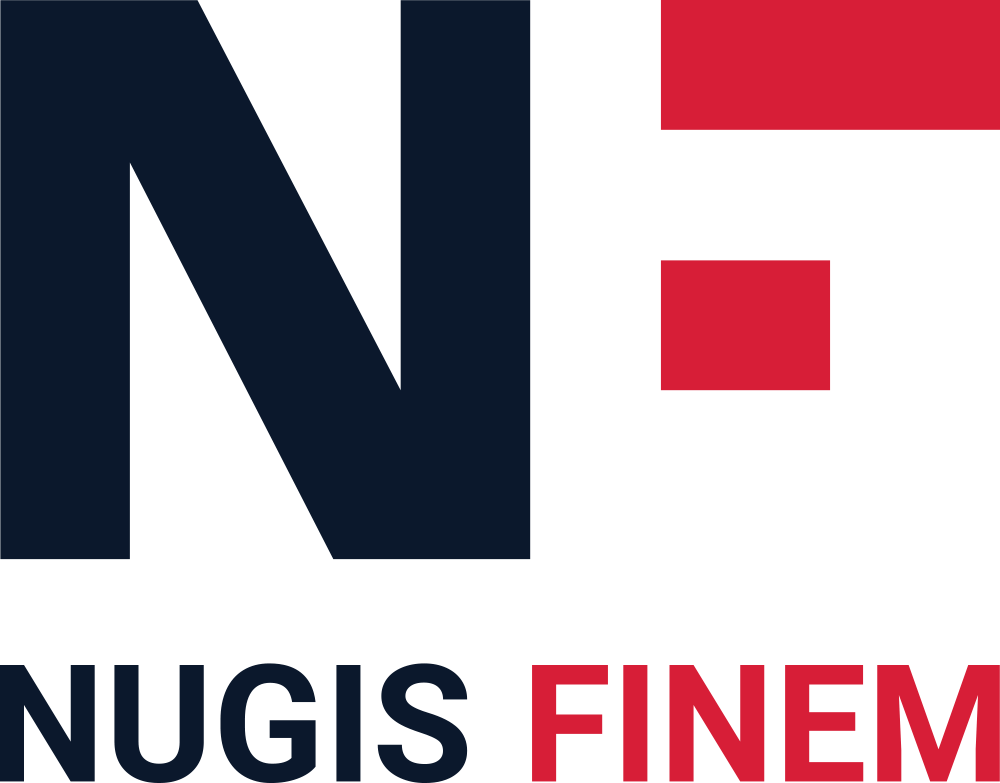
Hi, I am Ondrej Henek.
I drive impact
based on customer insights
and data-driven experimentation.
based on customer insights
and data-driven experimentation.
Product Management experience
-
Product Manager & Product Owner Kentico 2021 - 2024
- Managed E-commerce and Integrations of a DXP (B2B SaaS for marketers)
- Enabled sales and boosted customer ROI by delivering over 20 integrations
- Advocated product vision and strategy based on extensive customer and market research
- Managed backlog of three small scrum teams empowering them to excel

-
Product Manager Sonet 2020 - 2021
- Owned a payment terminal admin portal (B2B SaaS)
- Brought Voice of the Customer to the organization and connected siloed dev, sales, and support departments
- Streamlined development and enhanced UX by creating a design system
- Improved internal processes, e.g. piloting scrum

-
Co-founder, PM, CTO Nugis Finem 2012 - 2018
- Managed the whole product lifecycle of 3 web apps for a non-profit initiative supporting legal education in Czechia.
- Launched the first Czech Massive Open Online Course platform: Nostis.org.
- Managed technical aspects as CTO, including server deployment, cloud resource management, and occasional coding and firefighting.
- Constantly said "No" to my visionary co-founder. Building only the feasible and lovable.

Design & Analytics experience
-
Web Analyst & Service Designer House of Řezáč 2017 - 2019
- Led end-to-end web projects, from specs to final deployment including customer research, UX and service design, and project management. Successfully launched 3 website redesigns and oversaw 2 optimization projects.
- Managed Google Analytics and similar tools to build actionable reports.
- Improved conversion rates by 3-24% on 2 e-commerce and 1 B2B software websites through various experimentation methods.

-
MSc. in IT Product Design University of Southern Denmark 2015 - 2017

Technology & Web Development experience
-
Full-Stack Web Dev Self-employed 2012 - 2017
- Built complex web apps using MySQL, CakePHP, JavaScript, Bootstrap
- Collaborated using Git.

-
BSc. in Computer Science Brno University of Technology 2011 - 2015

Outside work, I love...
- The mountains - hiking, camping, skiing...
- Woodworking - from picture frames to a garden house
- Homebrewing and enjoying a good beer
- Board games and team sports
- Cognitive psychology and behavioral economics
Contact
-
hello@ondrejhenek.cz
-
linkedin.com/in/ondrejhenek
-
I live in Brno, Czechia (UTC+1/+2)